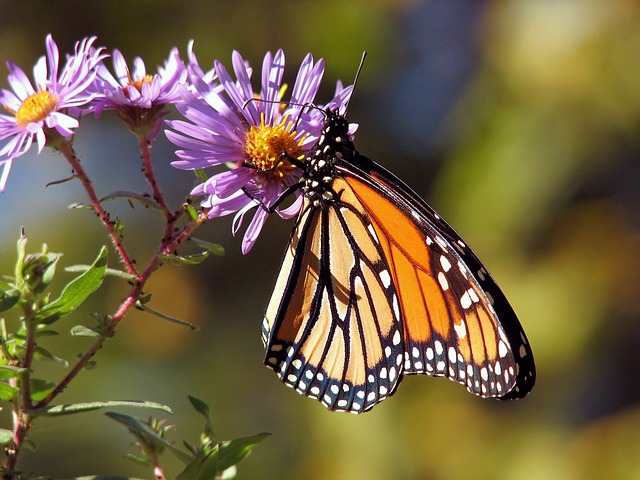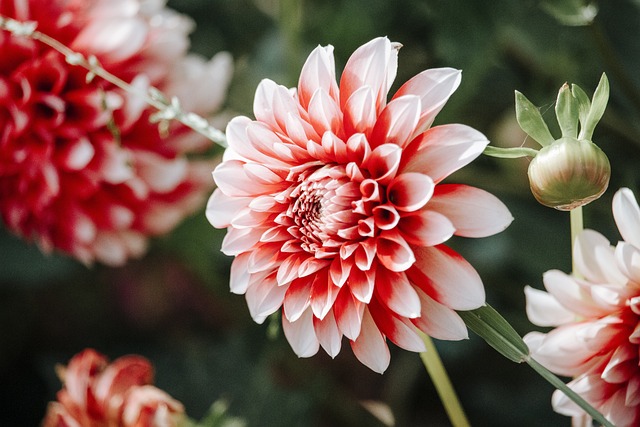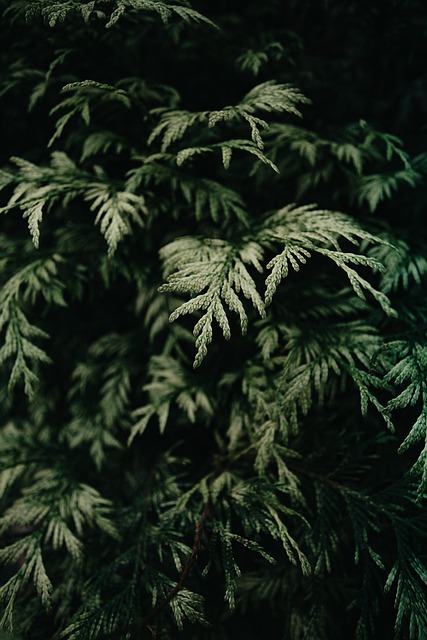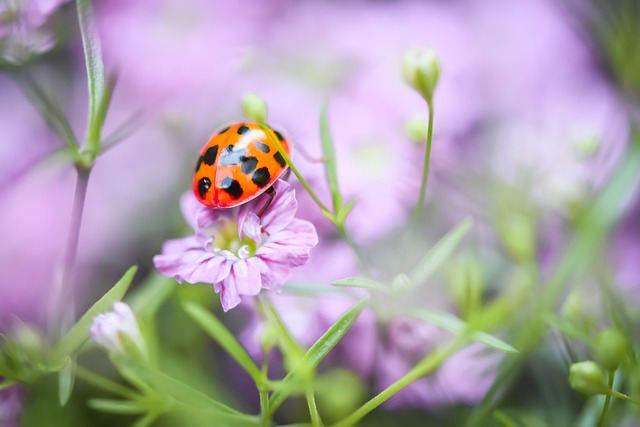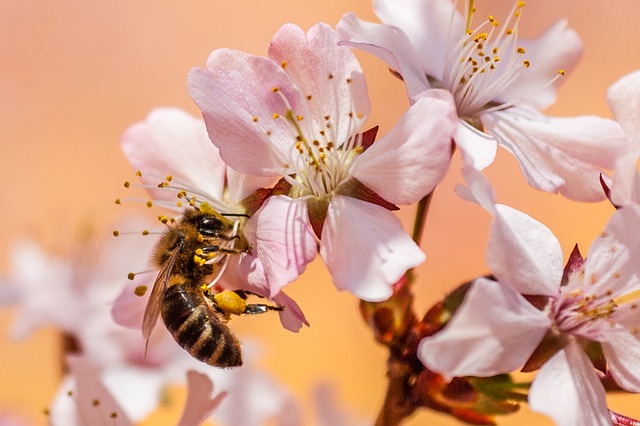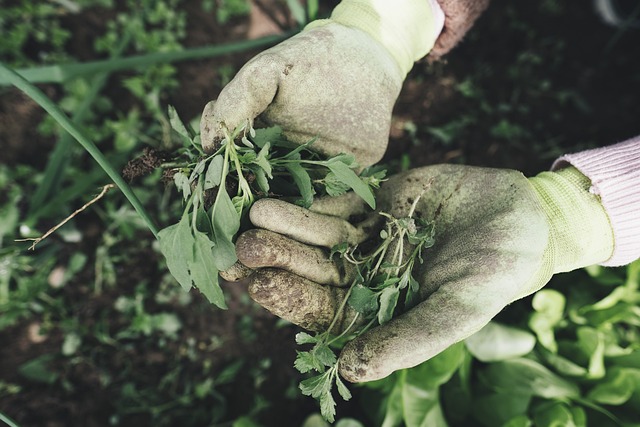
There are many different reasons for adopting organic gardening methods. For example, some people prefer to use organic gardening to cultivate edibles for the dinner table. Much patience and effort are required though, in order to produce a successful and flourishing organic garden. Are you wondering where to start?
Think about planting your seeds in indoor pots and then transplanting them to your garden once they become seedlings. By allowing them to sprout first, you are increasing the odds of a seedling reaching maturity. It also allows you to tighten up the time periods between plantings. You will have healthy seedlings that are ready to be planted when you get rid of old plants.
Soak the seeds and store in a dark area overnight. You then want to place a small amount of seeds in a container that’s smaller and then fill it up with water to the top. This lets water soak into the seeds, giving them an extra boost of hydration when they start growing. The seeds will be better able to survive and grow up.
Try to grow some wheat or cat grass around your cat’s favorite plants. Alternatively, you can try putting mothballs, citrus peel or anything else with an odor that cats find distasteful in the soil surrounding the plants.
Coffee Grounds
A simple way to lower the alkaline content of your soil is to dilute it with coffee grounds. Used coffee grounds will add acidity, helping to optimize the soil’s pH. The greens and vegetables need the proper balance and will grow bigger and stronger with the right mix.
Draw up a garden plan before you plant the first seed. A thoughtful plan can remind you of previous plantings and what you will see appearing from the soil in the months of spring and summer. You are also less likely to lose smaller members of the larger garden in the overall mix.
Protect your deciduous shrubs which are tender. If you have a few potted shrubs, they should be shielded from the wintry weather. Tie the tops together, and loosely cover the wigwam with a blanket or sheet. This method works better than covering your bushes in plastic, allowing air to circulate and preventing rotting.
To save your knees from the wear and tear of gardening, invest in some knee pads if your garden includes a lot of low-growth plants. If you spend a large portion of your gardening session on your knees, it could create pain over time. Wear knee pads meant for gardeners so that you’ll be more comfortable when kneeling in your garden.
Keep your plants dry and aerated daily. If your plants are moist, this can attract disease and parasites. Fungus infections are common in overly moist plants. Be sure to prevent the growth of fungus with a spray that will inhibit their growth.
Separate irises. Divide any overgrown clumps to increase your stock. Pick up bulbous irises after the foliage dies. The bulbs will then split naturally in the palm of your hand and if they’re re-planted, they can flower next year. Divide rhizomes with a knife. Cut the new pieces from its outside and dispose of the older center. Don’t plant any pieces that don’t have any strong offshoots. Plant immediately.
Start a new garden from seeds. When you begin a garden, it’s most eco friendly to do so with seed. It is common for commercial plants to be packaged in plastic that is not commonly recycled, and therefore, it is better to use seeds or purchase plantings only from merchants who make use of organic packaging.
Think about berry-producing trees that are green year round for your garden. This gives your garden a bit of a “splash” of color, even in winter when everything is nearly colorless. A few examples that you could go with include the American Holly, the Winterberry, the American Cranberrybush, and the Common Snowberry.
Invest in a kneeling stool, and a wheelbarrow to work in the garden. It’s rough on your knees to spend lots of time on the ground kneeling or squatting. That’s why it’s a good idea to have a portable, lightweight garden stool on hand. As well, gardening can involve some heavy lifting and moving, so a strong wheelbarrow can really make that aspect much more effortless.
Cooled water left over from steaming vegetables can be fed to them as a little snack. Add coffee grounds or tea leaves to the soil of acid-loving plants like rhododendron and gardenia. If you find that you have a fungus problem, try sprinkling some chamomile tea on your plants.
Choose plants that will provide color in autumn. That idea is actually far from the truth. When it comes to vivid foliage, autumn offers the best opportunity to view it. Maple trees can range from beautiful reds and yellows in addition to Beech or Dogwood trees. When selecting shrubs that will be colorful during the fall, consider hydrangea, barberry, or cotoneaster.
So, as you have seen, it is true that organic horticulture requires research, work, and effort to start growing your own organic plants. Furthermore, you will only see your garden blossom with consistent tending. The next time you are in your garden, think of the tips from this article. If you can use that knowledge, you will be more capable of using organic gardening techniques to your advantage.


